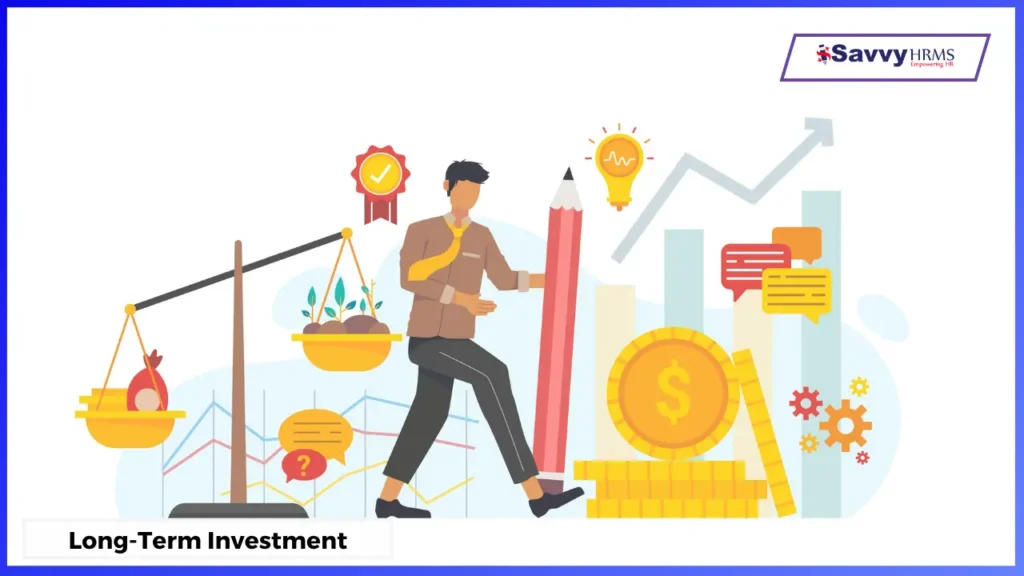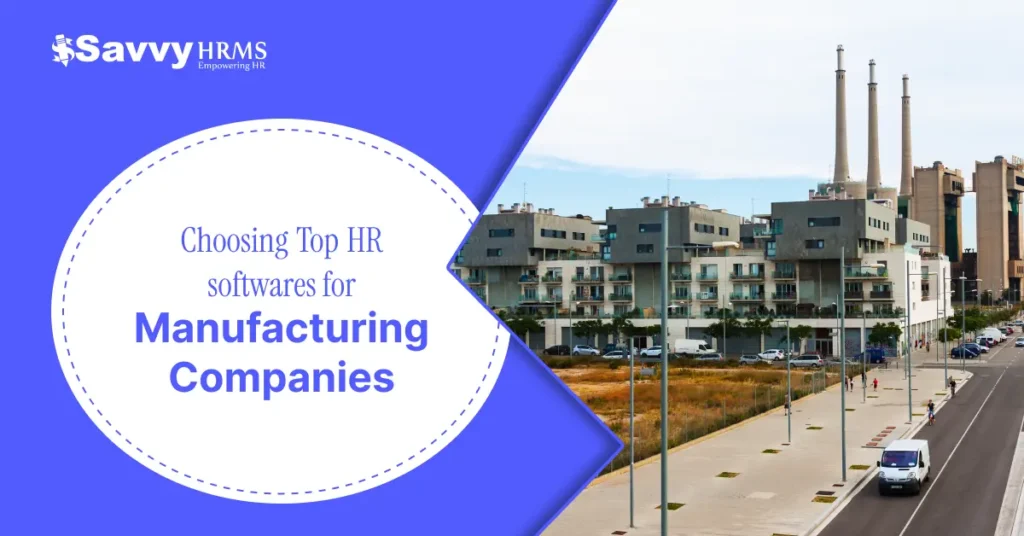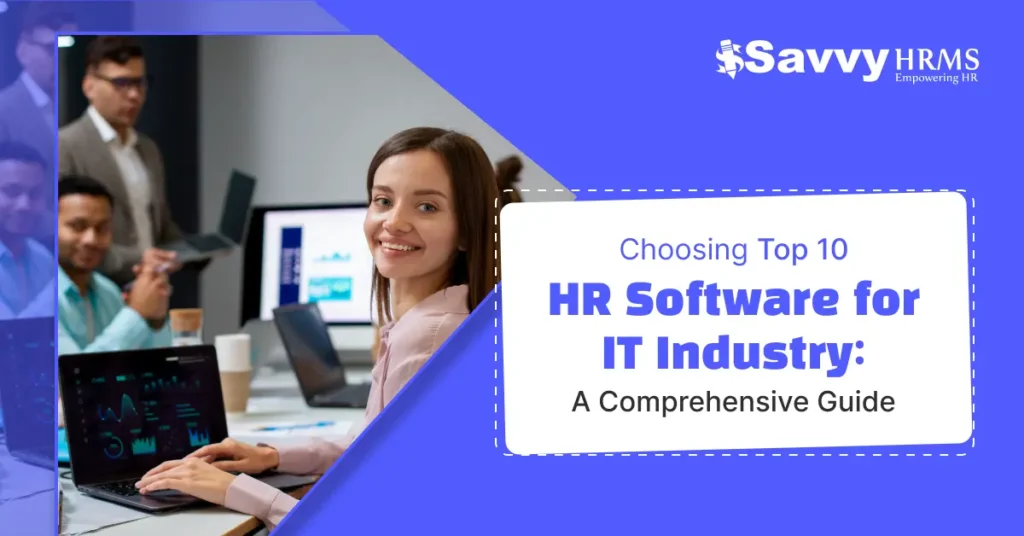In today’s fast-changing economy, we have to make smart decisions about our money. Most people only think about short-term profits. But if you want to create lasting wealth, you will need to understand long-term investment. If you’re an individual, securing your financial future. Begin with a long-term investment strategy.
Let’s explore what long-term investment means, its importance, and how it affects individual and organizational financial decision-making.
What is Long-Term Investment?
Long-term investment generally means using your money to purchase financial instruments or assets for a long time. Usually for one year or longer. Long-term investments tend to have more upside potential and a greater range of increases over time.
Long-term investment examples are:
- Mutual funds
- Stocks that are held for years,
- Real estate
- Public Provident Fund (PPF)
- Retirement plans like EPF
The benefits of a long-term investment approach apply to companies as well. An HR department encourages employees to have long-term investment strategies.
Why Long-Term Investment?
Certainly, it is a good option. As long-term strategies are less affected by market fluctuations over short horizons.
Here are a few reasons:
1. Financial Independence after retirement.
2. Saving tax by investing through ELSS, PPF…
3. Saving consistently instead of spending sporadically.
4. Good return on investment as compared with short-term investments.
5. More deliberate planning for financial obligations in life.
Further, many HR managers are adding Long-Term Investment plans to employee benefit packages to increase employee satisfaction.
The Role of HR in Supporting Long-Term Investment
Indeed, Human Resource Management plays an important role in employee financial literacy. When employers offer long-term investment, it means that the employee is creating long-term financial satisfaction.
Some popular ways for HR to take this on board are:
1. Create an Employee Provident Fund (EPF).
2. Offer a Public Provident Fund (PPF) subscription.
3. Organize educational sessions with financial advisors, etc.
4. Include some investments in the Cost to Company (CTC).
As a result, the employer, by supporting long-term investments, will increase employee loyalty. Strengthen the company’s financial culture. And provide an overall increased commitment from the employees.
Types of Long-Term Investments
It is extremely important that you know the various instruments available.
1. Stocks
Stocks can be risky, but they provide one of the highest long-term returns when you choose wisely.
2. Mutual Funds
Managed by professionals, mutual funds will pool your funds to diversify investments, mitigate risk, etc.
3 . Real Estate
Real estate tends to appreciate in value.
5. Bonds
Less risky than stocks.
6. Retirement Plans
EPF scheme, NPS & Pension plans are great long-term savings vehicles.
All these options can be streamlined by looking at your personal risk, your financial goals & horizon.
Advantages of Long-Term Investment
Of course, there are all the financial benefits of long-term investing. Now let’s look into other benefits:
- Less emotionally influenced by your investment approach in volatile selling moments
- Lower taxes when you sell after a long period of time on your capital gains
- Encourages more discipline with savings habits (saving regularly)
- You are not constantly needing to look at an investment. It is low maintenance compared to using short-term trading strategies.
- Longer time frame with group financial wellness, with pension or retirement.
From a business perspective. Investing in long-term strategies that, in turn, provide an employee compensation model. To acquire talent and retention from an employer standpoint.
Conclusion
In conclusion, long-term investing is the basis for sustainable financial health. It is very important for organizations and HR professionals to help employees. Integrate that level of investment awareness into their employee programs. Not only will employees be more focused on their own personal development. But also, you will help establish a healthy financial ecosystem in your workplace
FAQs
Q1. How long should investing long-term be appropriate?
Usually, it should be a period longer than 1 year.
Q2. Is a long-term investment safe?
All investments have a risk of some sort. But long-term investments tend to recover well from downside in the market.
Q3. Can HR help employees with investment planning?
Yes, through:
- Employee Provident Fund (EPF)
- Public Provident Fund (PPF)
- Financial wellness sessions
- Incorporating investment-friendly benefits where payroll and investments meet.
Q4. What is better? Long-term or Short-term investment?
It depends on your goals! For wealth creation and retirement planning, long-term makes sense more often than not.
Q5. State if there any tax advantages in reference to long-term investing?
Yes. Tax instruments such as ELSS and PPF qualify for tax deductions under Section 80C.



